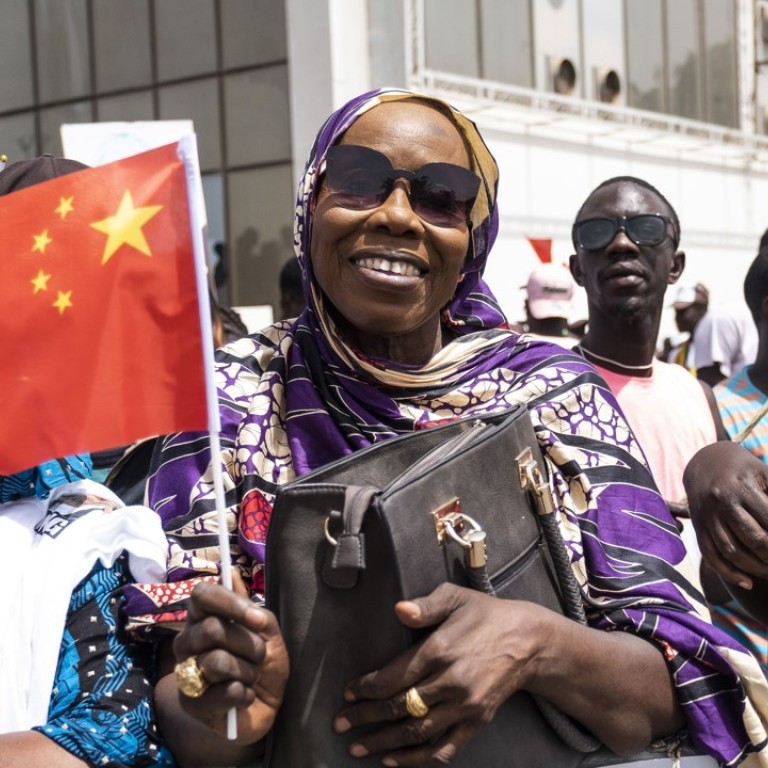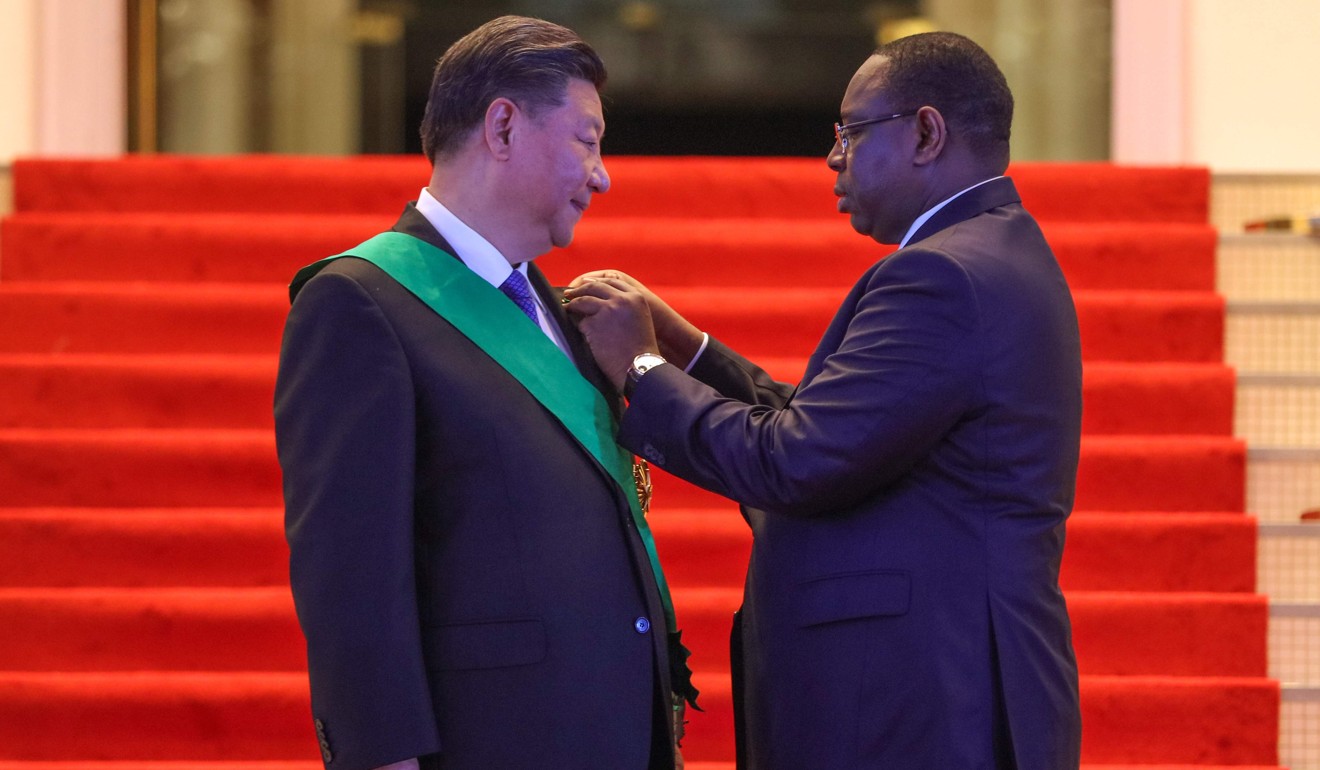
Xi Jinping’s visit shows why investment in Africa suits China’s long-term planning
David Dodwell says that while one may only see problems associated with investing in Africa in the near term, plans such as the Belt and Road Initiative were built with the longer view in mind, and from that perspective, Africa’s natural resources and young human capital look to pay off later
At the BRICS summit on Thursday, Xi was clear: “We are facing a choice between cooperation, not confrontation, between opening up versus closed doors, between mutual benefit and a beggar-they-neighbour approach … Openness and cooperation are the sure way to achieve progress. Trade wars should be rejected because there can be no winners.
“The current international order is not a perfect one, but if it is rules-based, is equitable, and prefers win-win outcomes, such an international order should not be dismantled.”
Watch: Xi Jinping reveals his economic plans at the Boao Forum in April 2018

The choice of Senegal and Rwanda is also a significant indicator of Beijing’s strikingly long-term planning vision. Anyone looking to build strong businesses in either country can only see bleak prospects in the short term. But take a 40- or 50-year view, and such economies can make sense.
Such long-term thinking about Africa has been a hallmark of Beijing’s approach to the dark continent for over three decades. I still vividly recall conversations with the editorial team at China Daily when I spent three months there in 1982 over the steady flow of African leaders to banquets at Beijing’s Great Hall of the People.

Back then, we never learned anything about the substance of these visits except for the banquet menus, but the journalists’ view was clear: Chinese companies’ access to the rich European or US markets was for the foreseeable future impossibly tough, with unassailable competition from gigantic, well-entrenched local brand leaders. So Chinese companies would start to build where they could, and wherever they were welcomed. They chose African markets.
Thirty-five years later, China is the leading supplier of imports to almost every African country. Trade has grown 40-fold over this time. This leads many commentators to imply that China is a dominant trade and investment force in Africa – but in this they would be wrong. Africa accounts for barely 3 per cent of China’s trade, and about 2 per cent of its foreign investment. Old colonial powers still dominate, investing in the oil, mineral and natural resources areas in particular.
It will take many decades of belt and road-related trade and investment to correct this imbalance, but this is a time frame China’s leaders are comfortable with.
Meanwhile, Beijing will plug away in the BRICS grouping (where its economy accounts for two-thirds of the BRICS aggregate gross domestic product), and at the belt and road plan.
As steps along the way, Xi was reminding his BRICS audience of the importance of the investment-focused Forum on China-Africa Cooperation in September, and of the first-ever China import expo in Shanghai in November.
For those puzzling why Beijing remains so quiet on a strategic response to the tariff war launched on China by the US, this import expo deserves attention. As China continues to reassure the world that it is opening up, this massive import promotion event is being built up as a significant “coming out” party, and a formal attempt to give substance to recent rhetoric over opening the economy.
David Dodwell researches and writes about global, regional and Hong Kong challenges from a Hong Kong point of view

